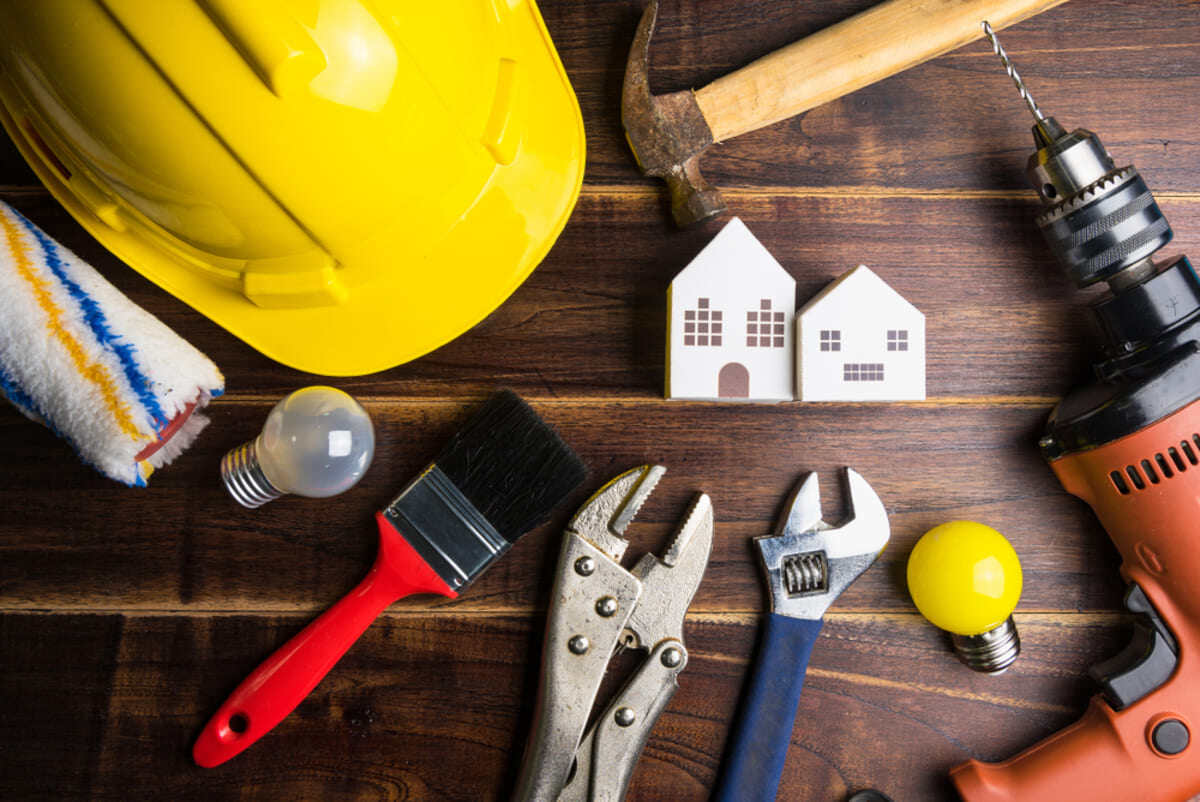
Handling Maintenance & Repairs: Proactive vs. Reactive Approaches in Property Management
For every property owner, maintenance and repairs are an unavoidable part of the job. However, the way you approach them can significantly impact your bottom line, tenant satisfaction, and the long-term value of your investment. There are two primary philosophies: reactive maintenance, where you fix things only after they break, and proactive maintenance, where you anticipate and prevent issues before they arise. Understanding the differences and implementing the right strategy is crucial for successful property management.
The Reactive Approach: Fixing It When It Breaks
This is the “wait and see” method. A tenant reports a leaky faucet, a flickering light, or a non-working appliance, and then you react to fix it.
Pros:
-
Seemingly Lower Upfront Costs: You only spend money when something explicitly needs fixing.
-
Simplicity: No need for complex scheduling of preventative tasks.
Cons:
-
Higher Overall Costs: Small, unaddressed issues can quickly escalate into major, expensive problems (e.g., a small leak turning into extensive water damage and mold).
-
Tenant Frustration & Turnover: Delayed repairs or recurring issues lead to unhappy tenants, increasing the likelihood of them moving out. High tenant turnover is one of the biggest hidden costs for landlords.
-
Emergency Repairs: Breakdowns often happen at the most inconvenient times (middle of the night, holidays), leading to costly emergency service call-outs.
-
Reduced Property Value: Constant deferred maintenance can lead to accelerated depreciation and a lower market value for your property.
-
Legal Risks: Failure to address essential repairs promptly can lead to legal action from tenants if habitability standards are not met.
The Proactive Approach: Prevention is Key
This strategy involves regular inspections, scheduled maintenance, and addressing minor issues before they become major headaches. It’s about taking control of your property’s health.
Pros:
-
Cost Savings in the Long Run: Preventative maintenance is almost always cheaper than emergency repairs and dealing with extensive damage. Catching a small leak early can prevent thousands in water damage and mold remediation.
-
Increased Property Value & Longevity: Regular upkeep extends the life of appliances, HVAC systems, roofing, and other critical components, preserving and even increasing your property’s value.
-
Higher Tenant Satisfaction & Retention: Tenants appreciate a well-maintained home and responsive landlord. This leads to happier tenants who are more likely to renew their leases.
-
Fewer Emergencies: Systematic checks drastically reduce the likelihood of unexpected breakdowns and urgent, costly service calls.
-
Budget Predictability: Routine maintenance costs can be anticipated and budgeted for, avoiding sudden financial shocks.
-
Reduced Liability: Proactive maintenance ensures safety standards are met, reducing the risk of tenant injuries and potential lawsuits.
Key Elements of a Proactive Maintenance Plan:
To effectively implement a proactive approach, consider these essential tasks:
-
Seasonal Checks:
-
Spring/Summer: HVAC servicing, checking sprinklers, pest control, gutter cleaning, roof inspection.
-
Fall/Winter: Furnace inspection, winterizing outdoor plumbing, checking insulation and weather stripping, fireplace cleaning.
-
-
Regular Appliance Servicing: Cleaning refrigerator coils, checking washing machine hoses, testing smoke/carbon monoxide detectors.
-
Plumbing & Electrical Checks: Inspecting for leaks, testing GFCIs, checking for frayed wires.
-
Exterior Maintenance: Landscaping, painting touch-ups, driveway/walkway repair.
-
Routine Inspections: Conducting move-in, move-out, and periodic (e.g., bi-annual) inspections to catch small issues early.
Finding the Right Balance (or When to Delegate)
While a proactive approach is generally superior, a completely reactive strategy is never wise. The ideal is a proactive-first approach with an efficient system for reacting to unavoidable emergencies.
For many property owners, especially those with multiple units or limited time, managing a comprehensive proactive maintenance schedule can be overwhelming. This is where a professional property management company truly excels. They have established systems, vetted contractors, and the expertise to implement a robust preventative maintenance plan, ensuring your investment is protected and optimized, while freeing you from the burdens of constant oversight and emergency calls.
Ultimately, choosing between proactive and reactive maintenance isn’t just about how you fix things; it’s about how you value your time, your investment, and your relationship with your tenants. Investing in proactive care today can save you significant time, money, and stress tomorrow.





